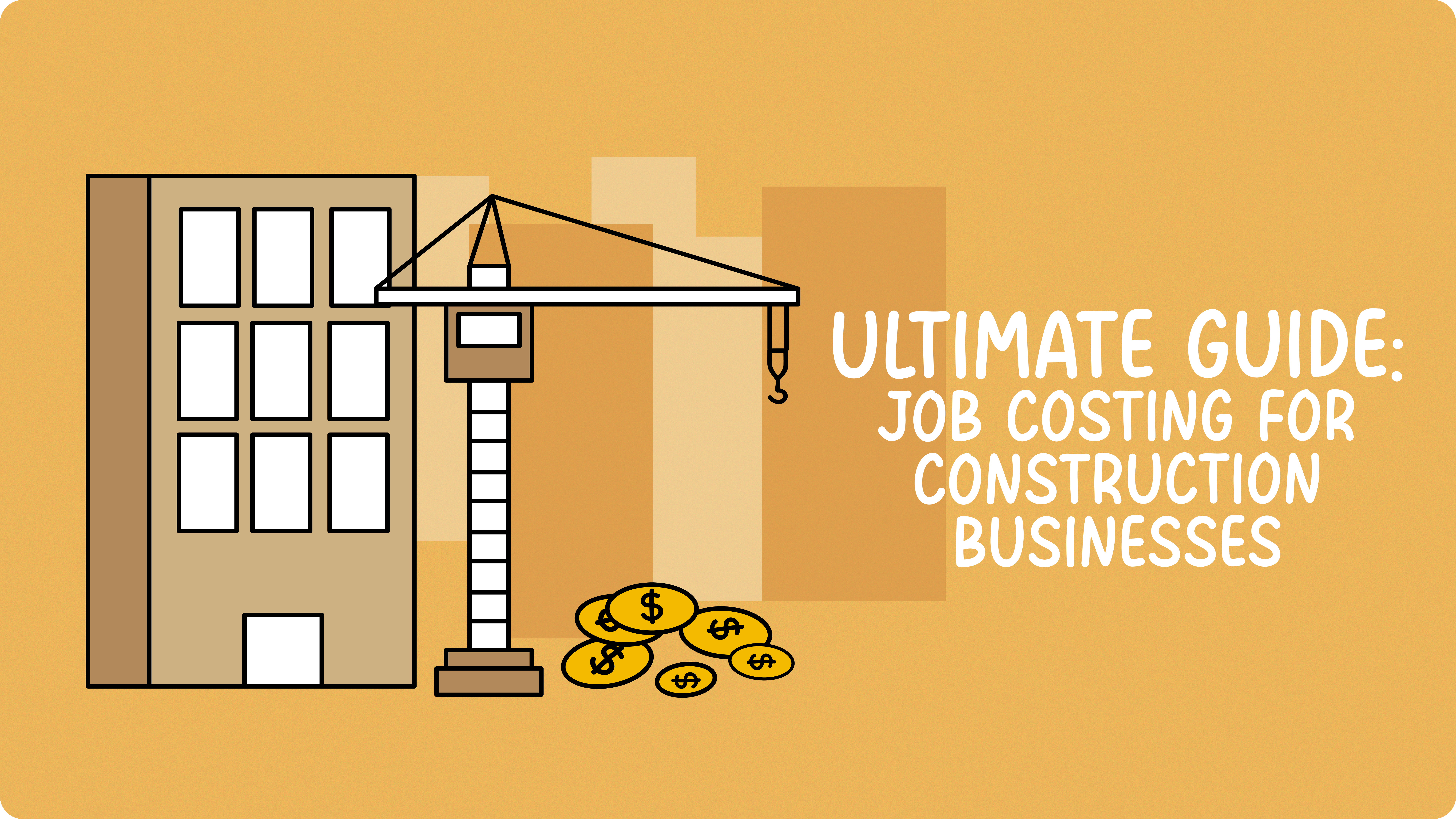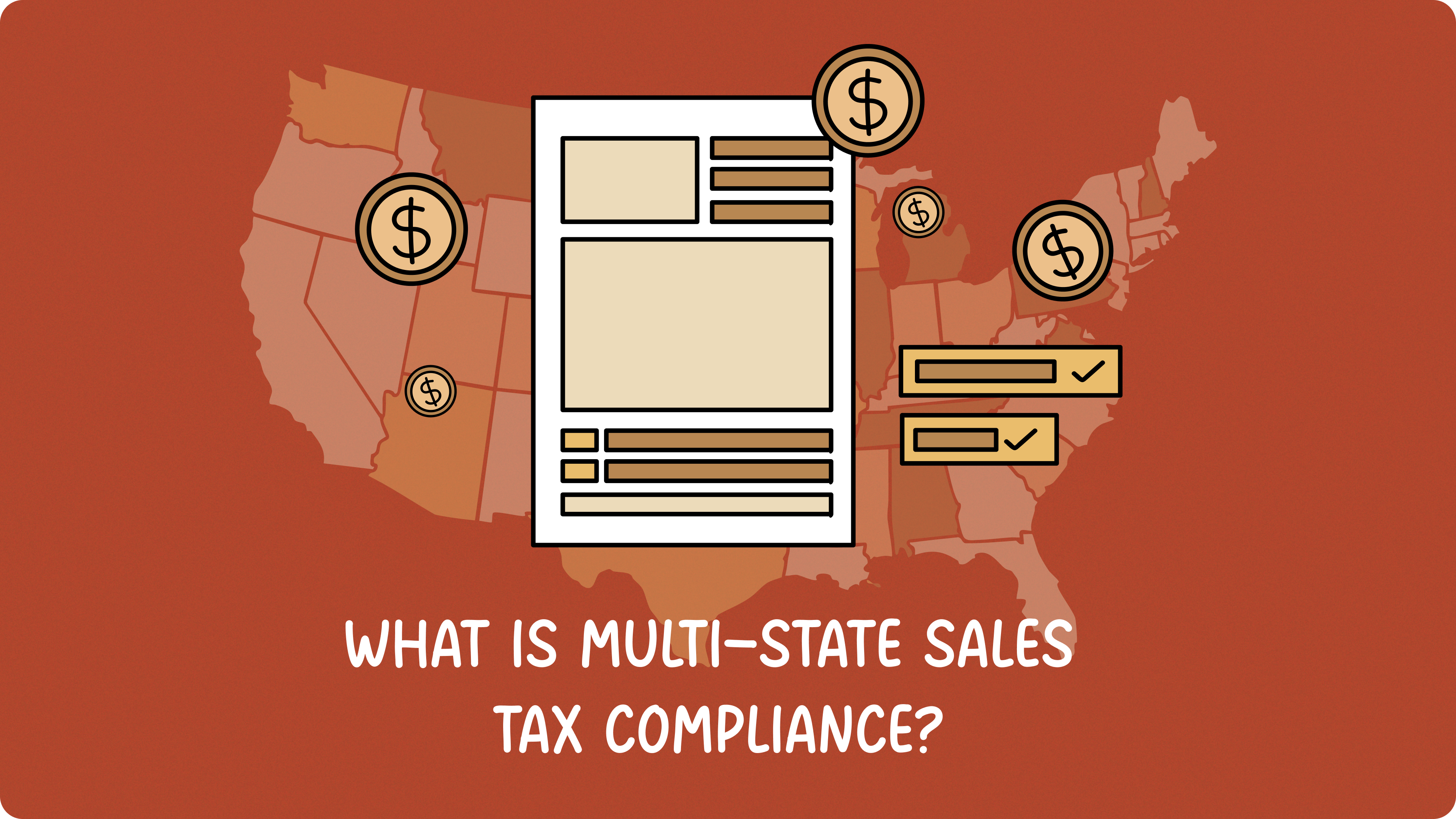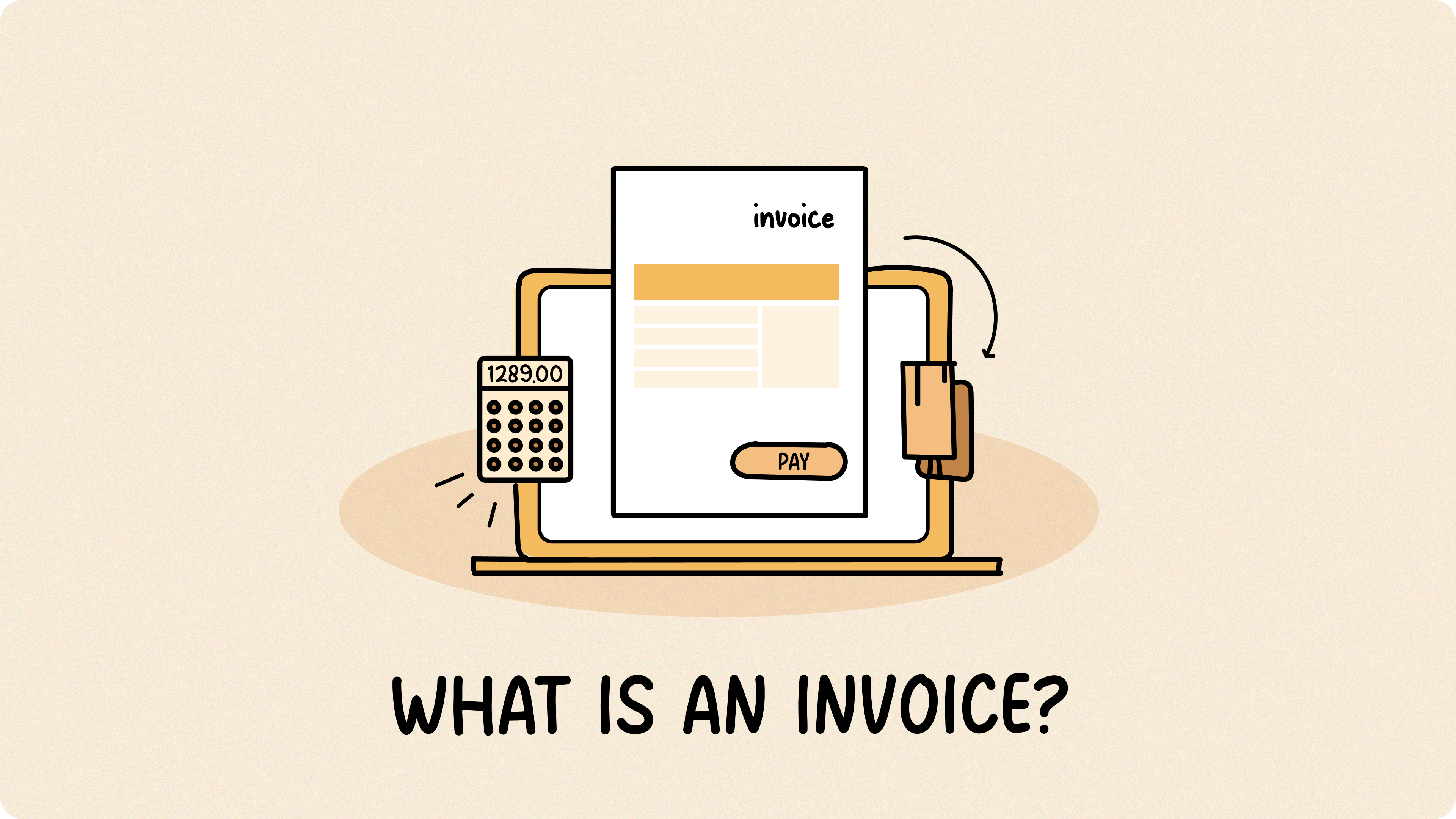You’re focused on building your business, managing your team (or maybe just yourself), and trying to keep up with ever-changing financial rules. If 401(k) plans feel like something only big corporations need to worry about—think again. The SECURE 2.0 Act is reshaping retirement plans for businesses of all sizes, and it has real implications for how you manage payroll, benefits, and taxes. This article summarizes key provisions of the SECURE 2.0 Act relevant to small businesses. For full details, visit the IRS SECURE 2.0 Act resources at here.
Whether you’re offering a 401(k) for the first time or updating an existing plan, this guide breaks down what you need to know, without the legal jargon. Let’s walk through the most important changes and how they could impact your business accounting, your employees, and even your tax bill.
Table of Contents
- SECURE 2.0 Mandatory Provisions Timeline
- Retirement Plan Startup Tax Credit Amounts
- Required Minimum Distribution (RMD) Changes
- Student Loan Matching Contributions
- Part-Time Employee Retirement Eligibility
- 401(k) Automatic Enrollment Requirements
- What’s Next
SECURE 2.0 Mandatory Provisions Timeline
The SECURE 2.0 Act, signed into law in late 2022, introduced over 90 changes to retirement legislation. But don’t worry, you don’t need to understand all of them. What you do need is a clear timeline of what applies to your business and when.
Here are key implementation dates, ordered by effective date, to help you prioritize your next steps:
| Provision | Effective Date | What It Means |
| Higher startup tax credits | 2023 | Small businesses can claim larger credits for starting a new retirement plan. |
| Required minimum distribution (RMD) changes | 2023–2033 | RMD age increases gradually from 72 to 75, affecting withdrawal schedules. |
| Student loan matching contributions | 2024 | Employers can match student loan payments with retirement contributions. |
| Part-time employee eligibility | 2025 | Long-term part-time workers become eligible for 401(k) participation sooner. |
| Automatic 401(k) enrollment for new plans | 2025 | New 401(k) plans must automatically enroll eligible employees (unless they opt out). |
Retirement Plan Startup Tax Credit Amounts
Starting a retirement plan might sound expensive, but the SECURE 2.0 Act makes it more affordable, especially for small businesses. If you’ve been on the fence about offering a 401(k), these expanded tax credits could make it a much easier decision.
Here’s what’s new:
- Employers with 50 or fewer employees can now claim a tax credit of 100% of eligible startup costs, up to $5,000 per year, for the first three years.
- Previously, the credit covered only 50% of those costs.
- Eligible costs include plan setup fees, employee education, and plan administration expenses.
- Employers with 51–100 employees qualify for a reduced credit of 50% of eligible startup costs, up to the same $5,000 annual cap.
- Example: If your business with 40 employees spends $4,000 setting up a new 401(k), you could claim the full $4,000 as a credit against your federal tax bill—effectively making your plan startup free.
- Businesses with 50 or fewer employees may also qualify for an additional credit of up to $1,000 per employee for employer contributions to each non-highly compensated employee’s account, phased down over five years.
Why it matters
These credits not only reduce your tax burden but also help you invest in your team. Offering a 401(k) becomes a smart move for recruiting, retention, and financial wellness—without a heavy upfront cost.
Required Minimum Distribution (RMD) Changes
The SECURE 2.0 Act also brings important updates to Required Minimum Distributions (RMDs)—the age at which individuals must begin withdrawing funds from retirement accounts.
Here’s what to know:
- In 2023, the RMD age increased from 72 to 73.
- By 2033, the RMD age will increase again to 75.
- This applies to traditional 401(k)s, IRAs, and other tax-deferred retirement accounts.
Why this matters for employers
While RMDs primarily affect individuals, plan administrators must be aware of the rules to ensure compliance. It may also influence how your employees view long-term planning, and it could affect your recordkeeping and reporting requirements.
Accounting note
If you provide retirement plan support or resources to employees, consider updating your materials and software to reflect the new RMD ages. Misinformation here could lead to costly mistakes for older employees.
Student Loan Matching Contributions
One of the more innovative features of the SECURE 2.0 Act is the option to treat student loan repayments like retirement contributions—and match them accordingly.
Starting in 2024, employers can choose to match employees’ qualified student loan payments by making contributions into their 401(k) or similar retirement account.
Why this matters
Many younger employees prioritize paying off student debt over saving for retirement. This provision gives them the chance to build long-term savings without having to choose between the two.
For employers
This can be a powerful benefit to attract and retain talent—especially if you’re hiring recent grads or younger professionals. Contact your plan provider early to confirm they can administer this feature, as implementation may require verifying loan payments and aligning with IRS guidelines.
Part-Time Employee Retirement Eligibility
As a small business owner, you may have team members who work limited hours, and under older rules, they may have been left out of your retirement plan. That’s changing. The SECURE 2.0 Act expands eligibility for part-time workers, making it easier for more employees to participate in 401(k) plans.
Here’s what’s changing:
- Previously, employees had to work at least 500 hours per year for three consecutive years to be eligible.
- Starting in 2025, that eligibility window shortens to two consecutive years.
Why it matters
If you have part-time staff—seasonal workers, assistants, or flexible contractors who work year-round but on a limited schedule—you may need to start offering them retirement benefits sooner than expected.
Action tip
Make sure your payroll system is tracking hours worked per employee per year. That data will be essential for identifying who becomes eligible and when.
401(k) Automatic Enrollment Requirements
Starting in 2025, the SECURE 2.0 Act will require most new 401(k) and 403(b) plans to include automatic enrollment for eligible employees. Employees will be enrolled in the plan by default unless they actively opt out. Existing plans are exempt from this requirement.
Key details:
- Default contributions start at 3% of pay, increasing annually to at least 10%, up to 15%.
- Employees can change or opt out at any time.
Exemptions
This rule does not apply to businesses with:
- Less than 3 years in operation
- 10 or fewer employees
If you’re launching a plan in 2025 or later, build this into your onboarding and payroll setup from the start.
What’s Next
In conclusion, the SECURE 2.0 Act introduces meaningful changes for small business owners and freelancers. While expanded tax credits and broader eligibility for part-time employees create valuable opportunities, they can also add complexity to your already full plate. By keeping up with these changes, you not only avoid compliance issues but also create a more competitive and employee-friendly workplace.
Feeling overwhelmed by tax rules and bookkeeping? Let us take the pressure off. Schedule a call with Fynlo and get expert guidance tailored to your business.







